Vast art hub LUMA Arles opens in France
The new LUMA Arles, located in 27 acres of landscaped park, is home to works by artists including Philippe Parreno, Olafur Eliasson and Kapwani Kiwanga, and a group show of rising art stars
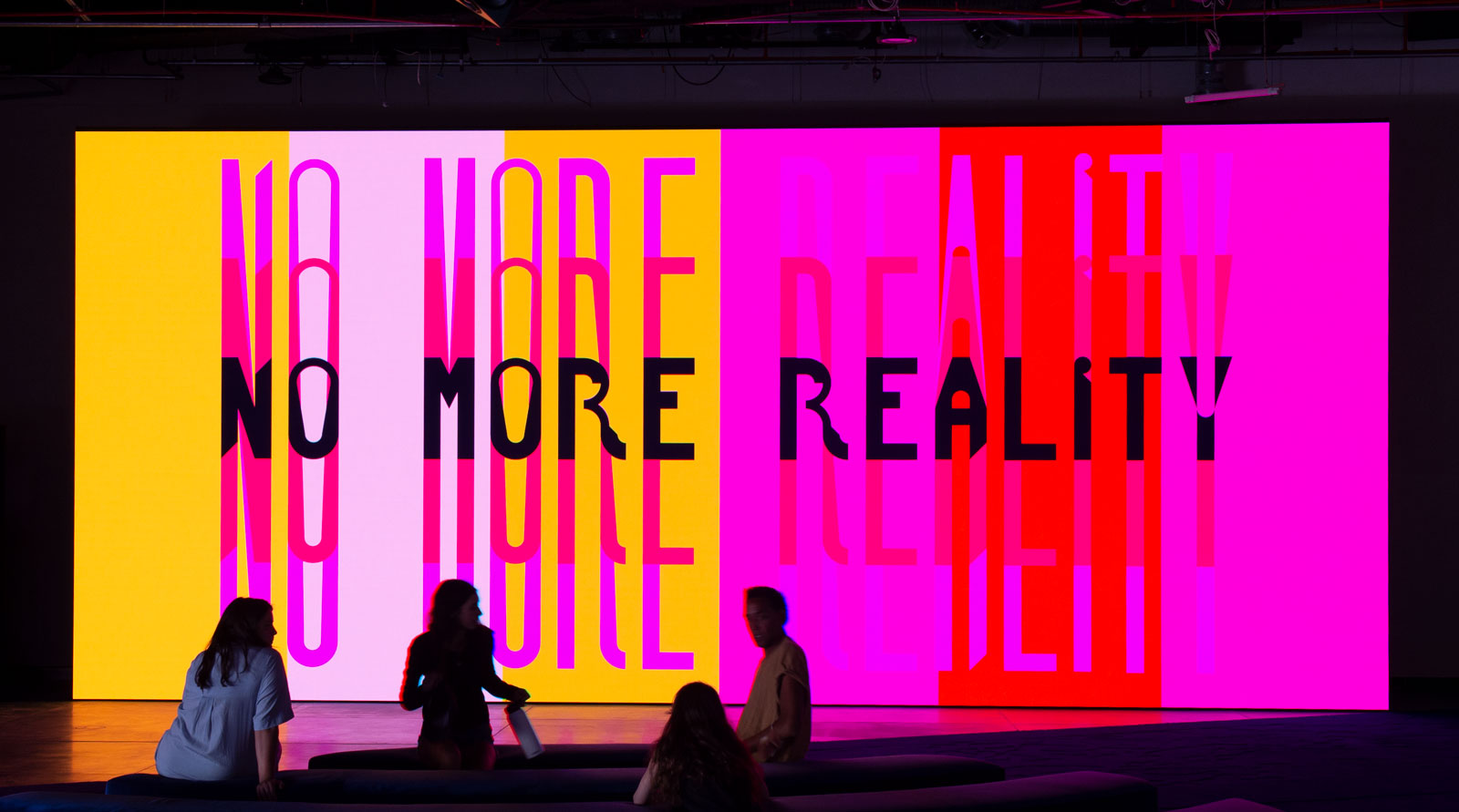
LUMA Arles, a vast new arts centre in southern France, has opened its doors to the public. Works from artists including Philippe Parreno, Etel Adnan, Olafur Eliasson, Koo Jeong A, Kapwani Kiwanga, Helen Marten, and Carsten Höller are situated in and around Frank Gehry’s twisting tower, which sits at the centre of the 27-acre landscaped park. The tower, clad in stainless steel panels, is home to workshop rooms and archive and research facilities, as well as making an architecturally imposing exhibition space.
Occupying two exhibition spaces in The Tower is Philippe Parreno, whose immersive artworks explore what it means to be an individual. The first tells the story of an urban space that comes to life, as Danny, and responds to the information gleaned from its environment. Visitors notice a window blind moving up and down or a change in wind direction; a pattern of mundane movements that make us want to identify Danny as something tangible.
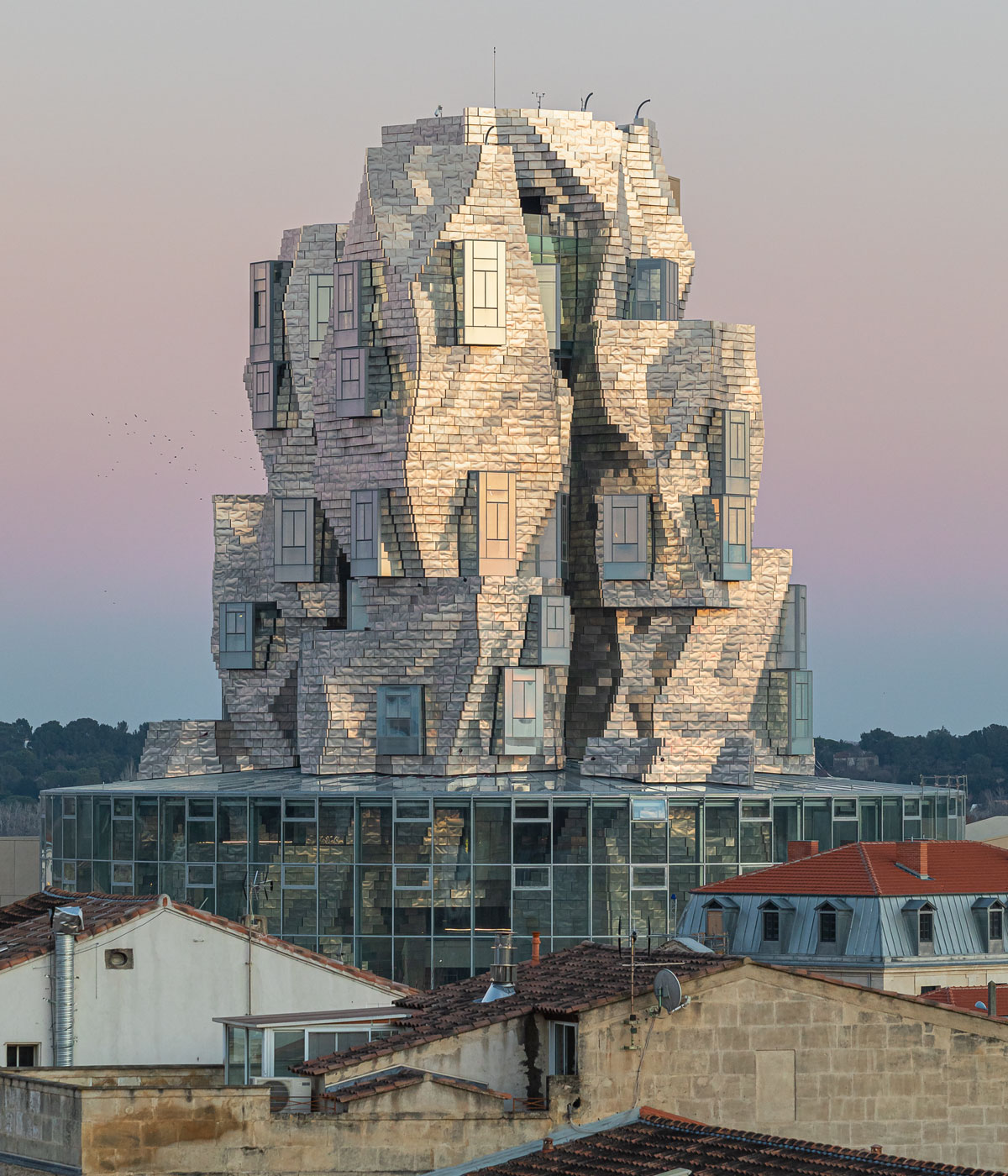
Exterior view of The Tower, imagined by Frank Gehry, June 2021. LUMA Arles, Parc des Ateliers, Arles (France)
The sounds of the building become indistinguishable from Danny, in a fusing of identity so successful that Danny’s own character becomes impossible to place. It is an ambiguity carried through into Parreno’s film No More Reality, itself an exhibition space that fuses ten of the artist’s films together into a single narrative.
The narrative is subjective, but the subject flits through different identities, to a background of sound that is in jarring discord to the moving images, creating an uncomfortable friction.

Danny / No More Reality an artwork by Philippe Parreno located in The Tower, LUMA Arles, Parc des Ateliers, France.
A sense of disorientation is also examined by Olafur Eliasson, whose Take your time builds on a fascination with natural phenomena previously explored through natural materials such as light, ice and water. The artwork, situated in the second level of The Tower, plays with reflections through a large circular mirror attached to the ceiling above a double-helix staircase. Rotating on its axis, its skewed distortion of the architecture of the tower creates an uneasy sense of the infallibility of space for the viewer.
For Carsten Höller, The Tower’s height becomes an opportunity to continue his work into the architectural possibilities inherent in slides. Seduced both by the efficiency with which they transport you to your destination and the temporary state of madness they incur on our consciousness, his work is a persuasive argument to see them embraced with the ubiquity of elevators and escalators. In the garden, the journey is further examined in a passage of mirrored sliding doors that seem to stretch to infinity, a chain only broken with the advance of a visitor whose actions force a limit to the space.
Koo Jeong A is another artist attracted to the architectural possibilities in children’s play. Her skatepark on the public terrace, drawn in fluorescent, glow-in-the-dark paint, plays on light conditions and also notes the close relationship between performance and contemporary culture.
Emerging artists join established ones in ‘Prelude’, which unites the works of Sophia Al-Maria, Kapwani Kiwanga, P. Staff and Jakob Kudsk Steensen in an exploration of how the destruction of nature is shaping our society. Works encompassing virtual reality, sculpture, sound and video consider political colonisation and the colonisation of ecosystems. Kiwanga’s Flowers for Africa situates history as a living entity with the ability to incite change, while Al-Maria explores collective history in Tender Point Ruin, which takes a beautiful corpse as its focus in a study of life’s dynamic rhythms. P. Staff looks at the consequences of two bodies touching in Conjunctions, exploring the shift of energies, while Kudsk Steensen transports the viewer to Camargue in Liminal Lands – a timely reminder of the mysteries of the world we live in.
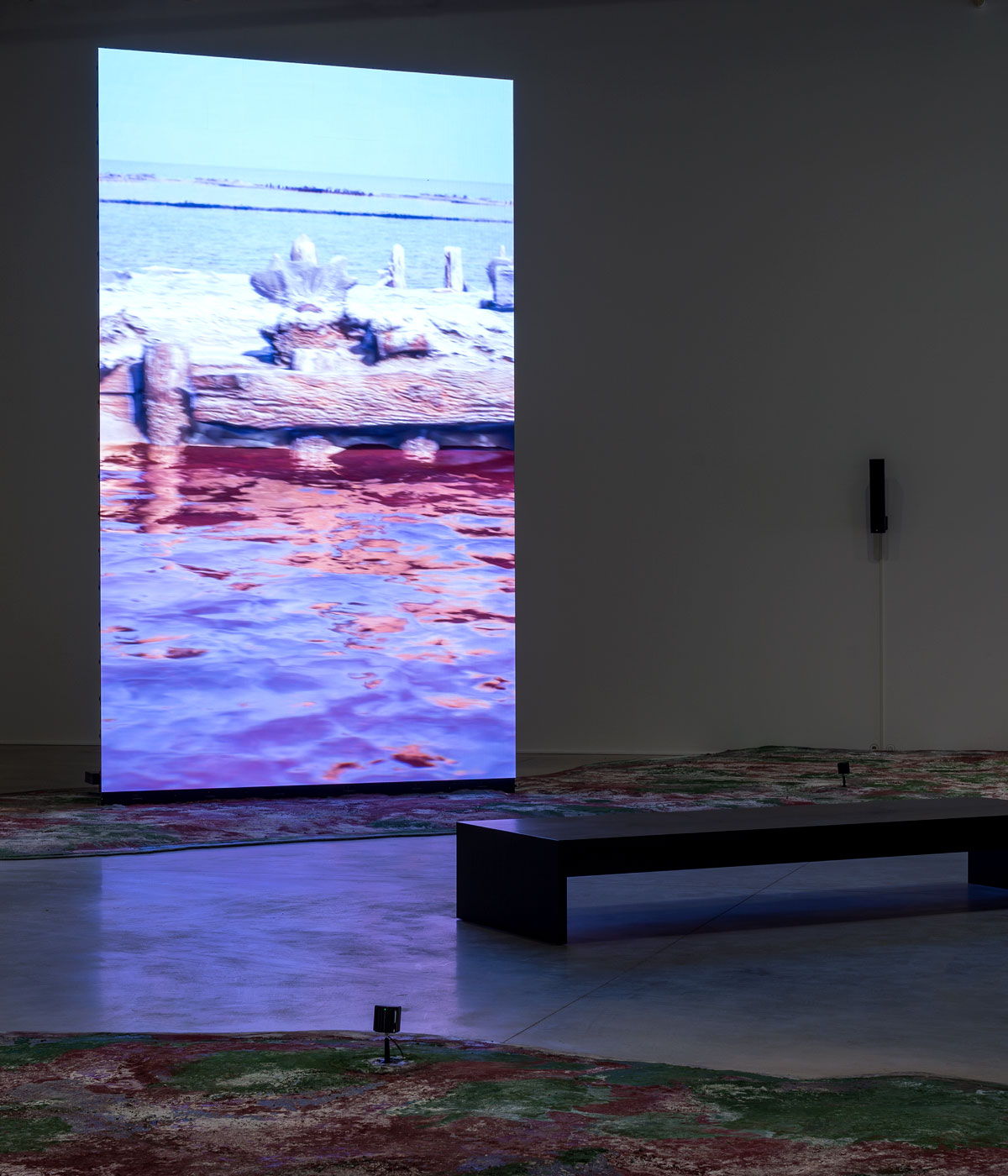
Liminal Lands by Jakob Kudsk Steensen, ‘Prélude’ collective exhibition, La Mécanique Générale, LUMA Arles, Parc des Ateliers, France.

Conjunctions by P. Staff, ‘Prélude’ collective exhibition, La Mécanique Générale, LUMA Arles, Parc des Ateliers, France.
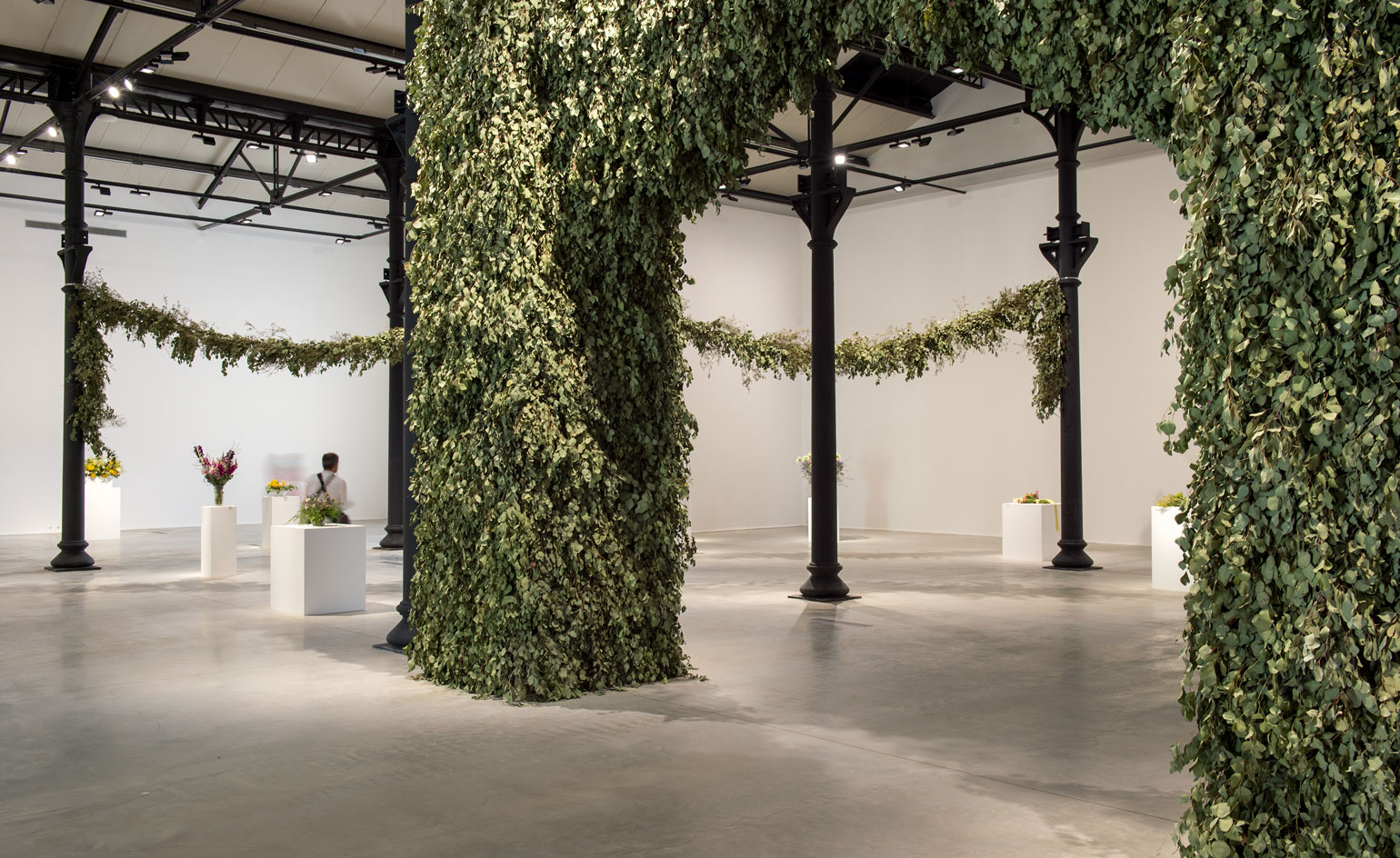
Flowers for Africa by Kapwani Kiwanga, ‘Prélude’ collective exhibition, La Mécanique Générale, LUMA Arles, Parc des Ateliers, France.
INFORMATION
Receive our daily digest of inspiration, escapism and design stories from around the world direct to your inbox.
Hannah Silver is the Art, Culture, Watches & Jewellery Editor of Wallpaper*. Since joining in 2019, she has overseen offbeat art trends and conducted in-depth profiles, as well as writing and commissioning extensively across the worlds of culture and luxury. She enjoys travelling, visiting artists' studios and viewing exhibitions around the world, and has interviewed artists and designers including Maggi Hambling, William Kentridge, Jonathan Anderson, Chantal Joffe, Lubaina Himid, Tilda Swinton and Mickalene Thomas.
-
 The diverse world of Belgian embassy design – 'style and class without exaggeration'
The diverse world of Belgian embassy design – 'style and class without exaggeration''Building for Belgium: Belgian Embassies in a Globalising World' offers a deep dive into the architecture representing the country across the globe – bringing context to diplomatic architecture
-
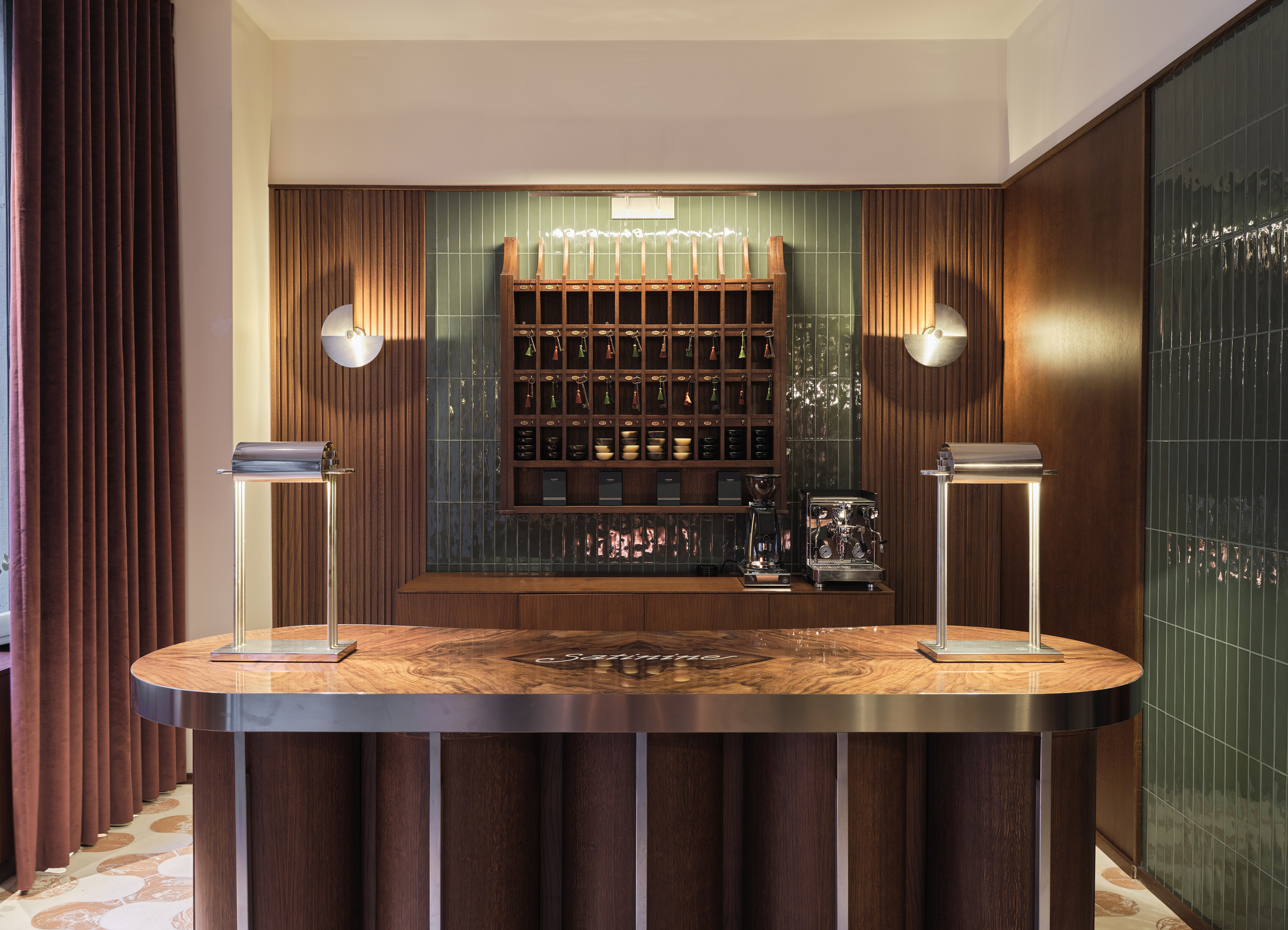 Pull up a bespoke pew at Milan’s new luxury perfumery Satinine, an homage to the city’s entryways
Pull up a bespoke pew at Milan’s new luxury perfumery Satinine, an homage to the city’s entrywaysDesigner Mara Bragagnolo fuses art deco details to bring storied Milanese fragrance brand Satinine into the 21st century
-
 Supersedia’s chairs combine sculptural forms with emotional expressions
Supersedia’s chairs combine sculptural forms with emotional expressionsItalian design studio Supersedia, founded by Markus Töll, creates furniture where ‘every detail is shaped individually'
-
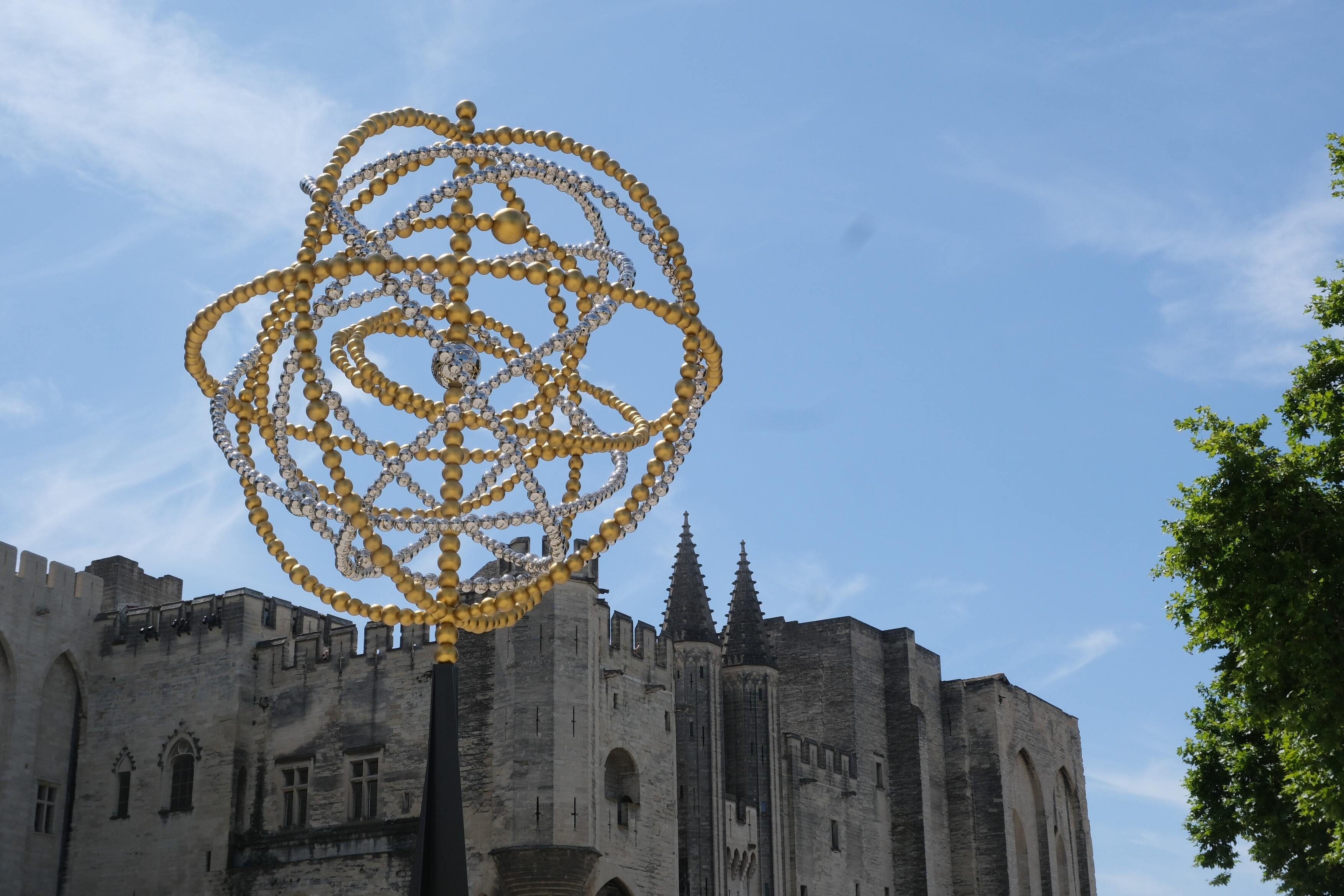 Jean-Michel Othoniel takes over Avignon for his biggest ever exhibition
Jean-Michel Othoniel takes over Avignon for his biggest ever exhibitionOriginally approached by Avignon to mark their 25th anniversary as the European Capital of Culture, Jean-Michel Othoniel more than rose to the challenge, installing 270 artworks around the city
-
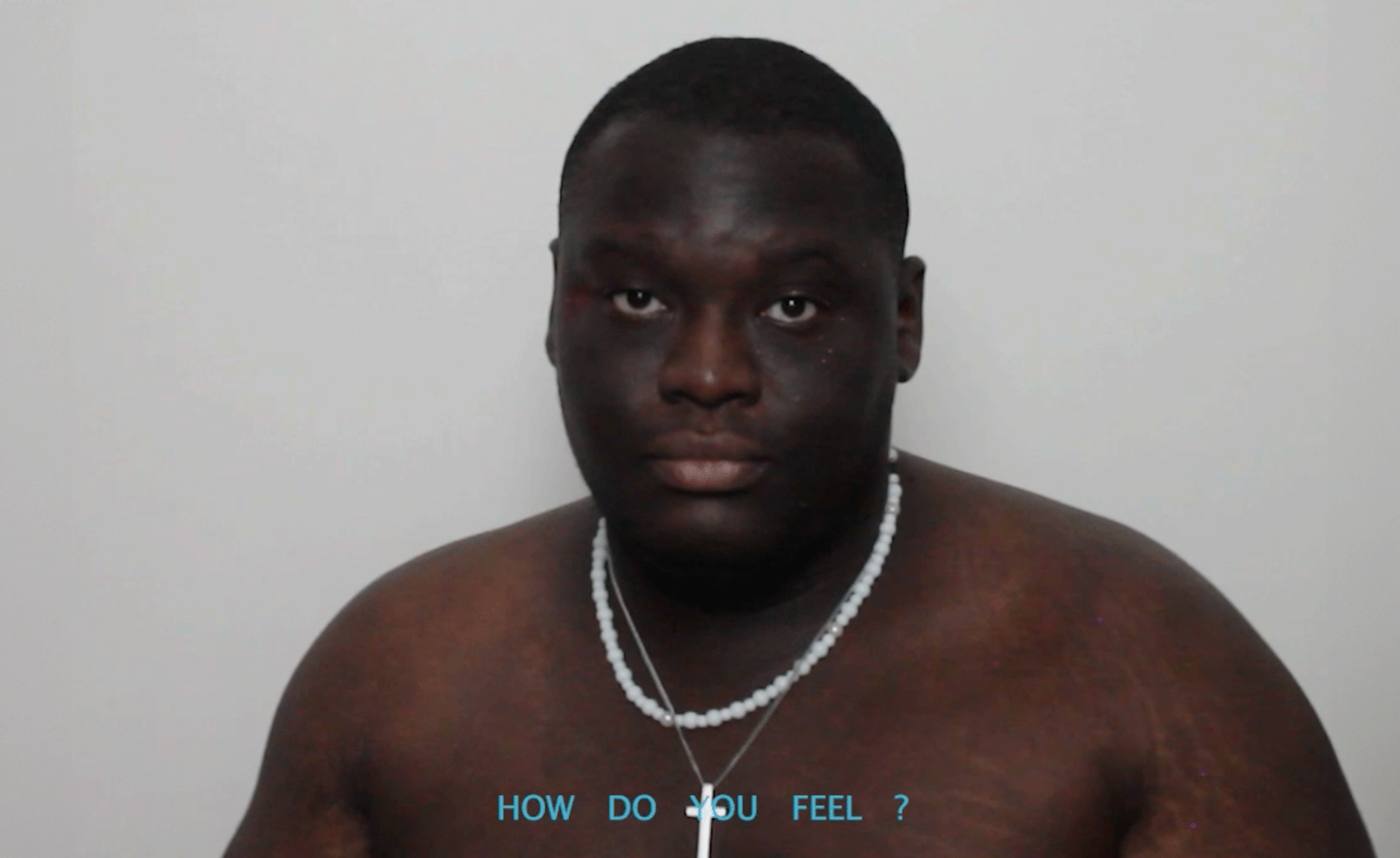 Joel Quayson’s winning work for Dior Beauty at Arles considers the theme ‘Face-to-Face’ – watch it here
Joel Quayson’s winning work for Dior Beauty at Arles considers the theme ‘Face-to-Face’ – watch it hereQuayson, who has won the 2025 Dior Photography and Visual Arts Award for Young Talents at Arles, imbues his winning work with a raw intimacy
-
 What to see at Rencontres d’Arles 2025, questioning power structures in the state and family
What to see at Rencontres d’Arles 2025, questioning power structures in the state and familySuppressed memories resurface in sharply considered photography at Rencontres d'Arles 2025. Here are some standout photographers to see
-
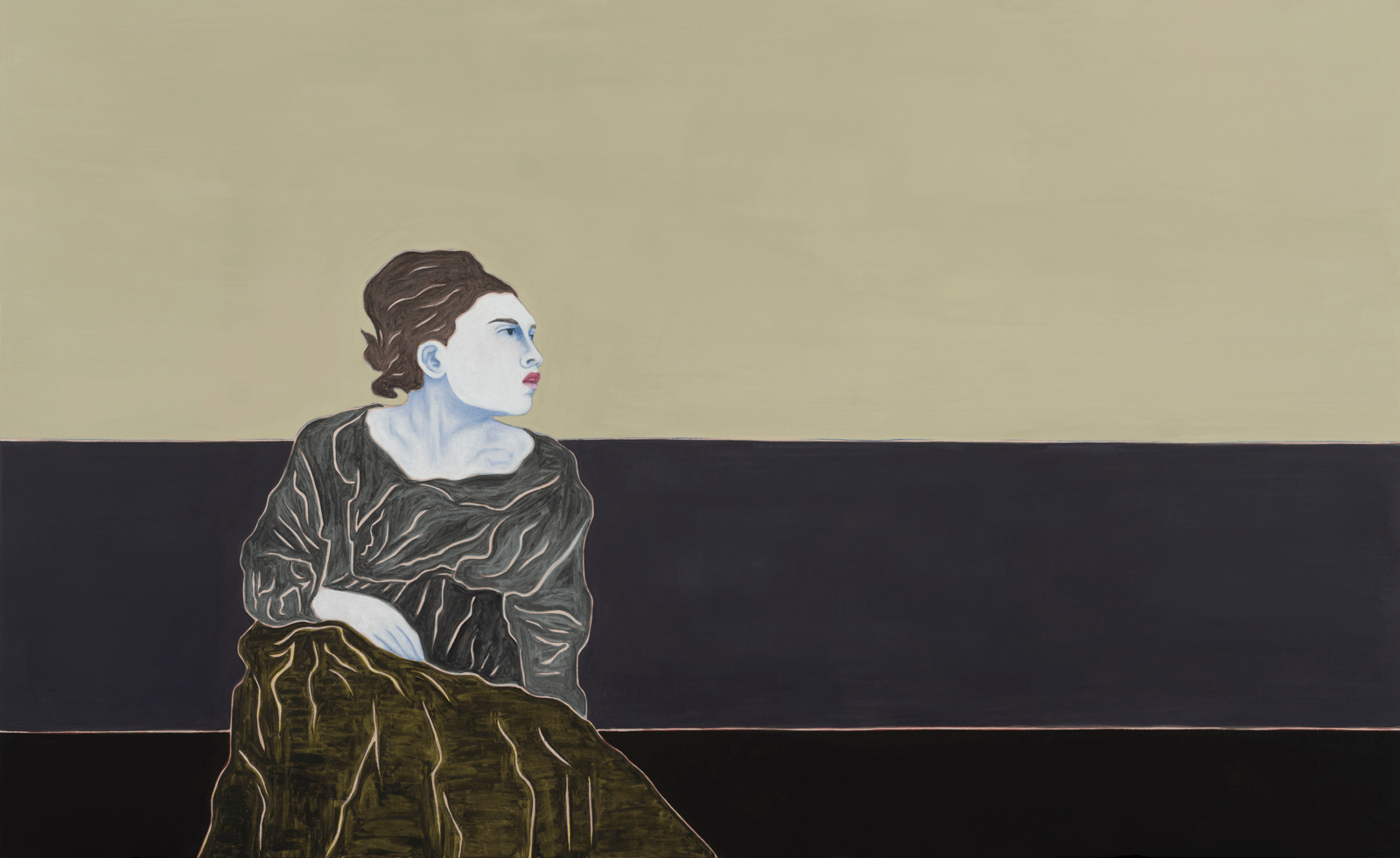 ‘With a small gesture of buying a postcard, we all become copyists’: the Louvre’s celebration of copying speaks to human nature
‘With a small gesture of buying a postcard, we all become copyists’: the Louvre’s celebration of copying speaks to human natureContemporary artists are invited to copy works from the Louvre in a celebration of the copyist’s art, a collaboration with Centre Pompidou-Metz
-
 The glory years of the Cannes Film Festival are captured in a new photo book
The glory years of the Cannes Film Festival are captured in a new photo book‘Cannes’ by Derek Ridgers looks back on the photographer's time at the Cannes Film Festival between 1984 and 1996
-
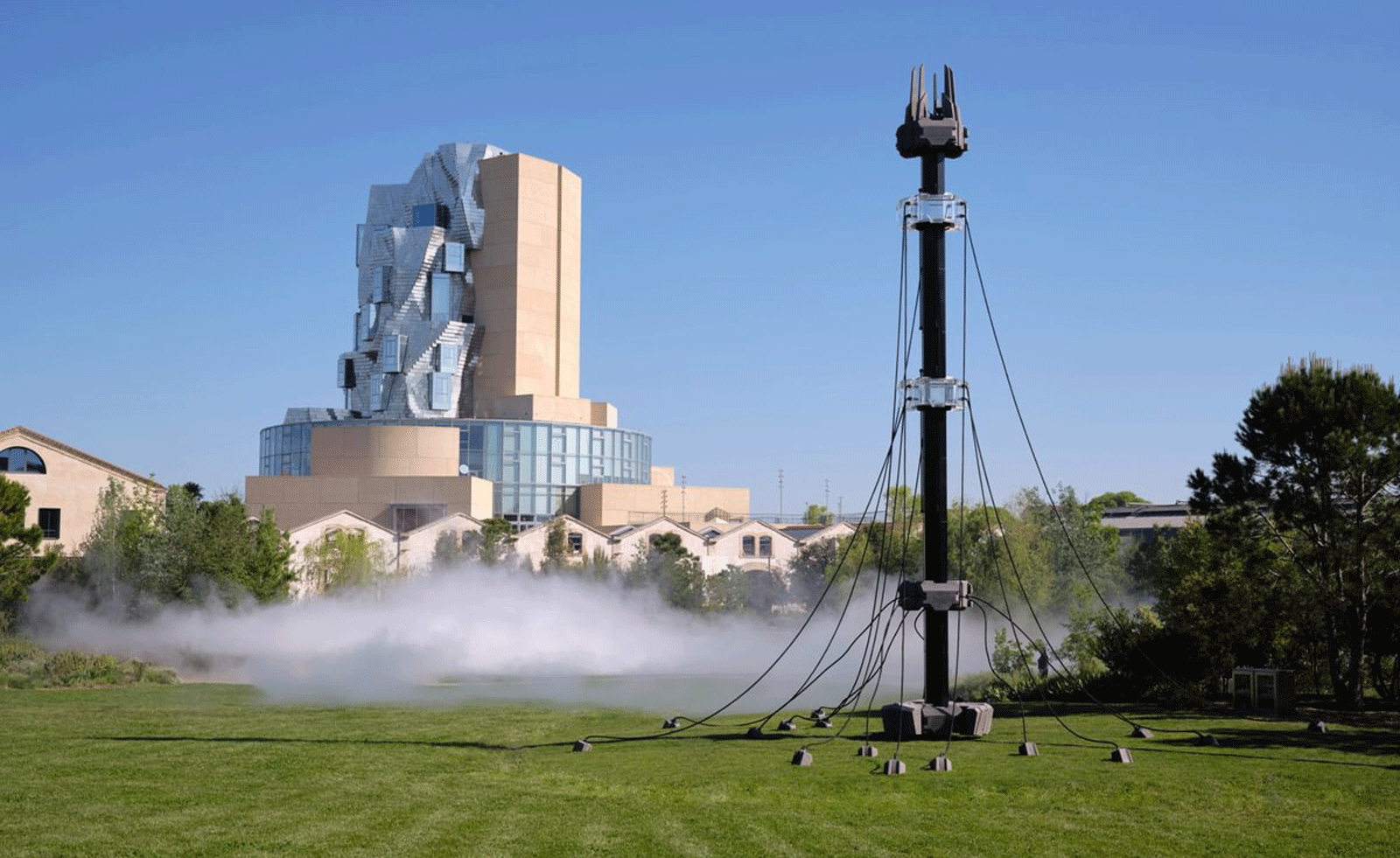 Technology, art and sculptures of fog: LUMA Arles kicks off the 2025/26 season
Technology, art and sculptures of fog: LUMA Arles kicks off the 2025/26 seasonThree different exhibitions at LUMA Arles, in France, delve into history in a celebration of all mediums; Amy Serafin went to explore
-
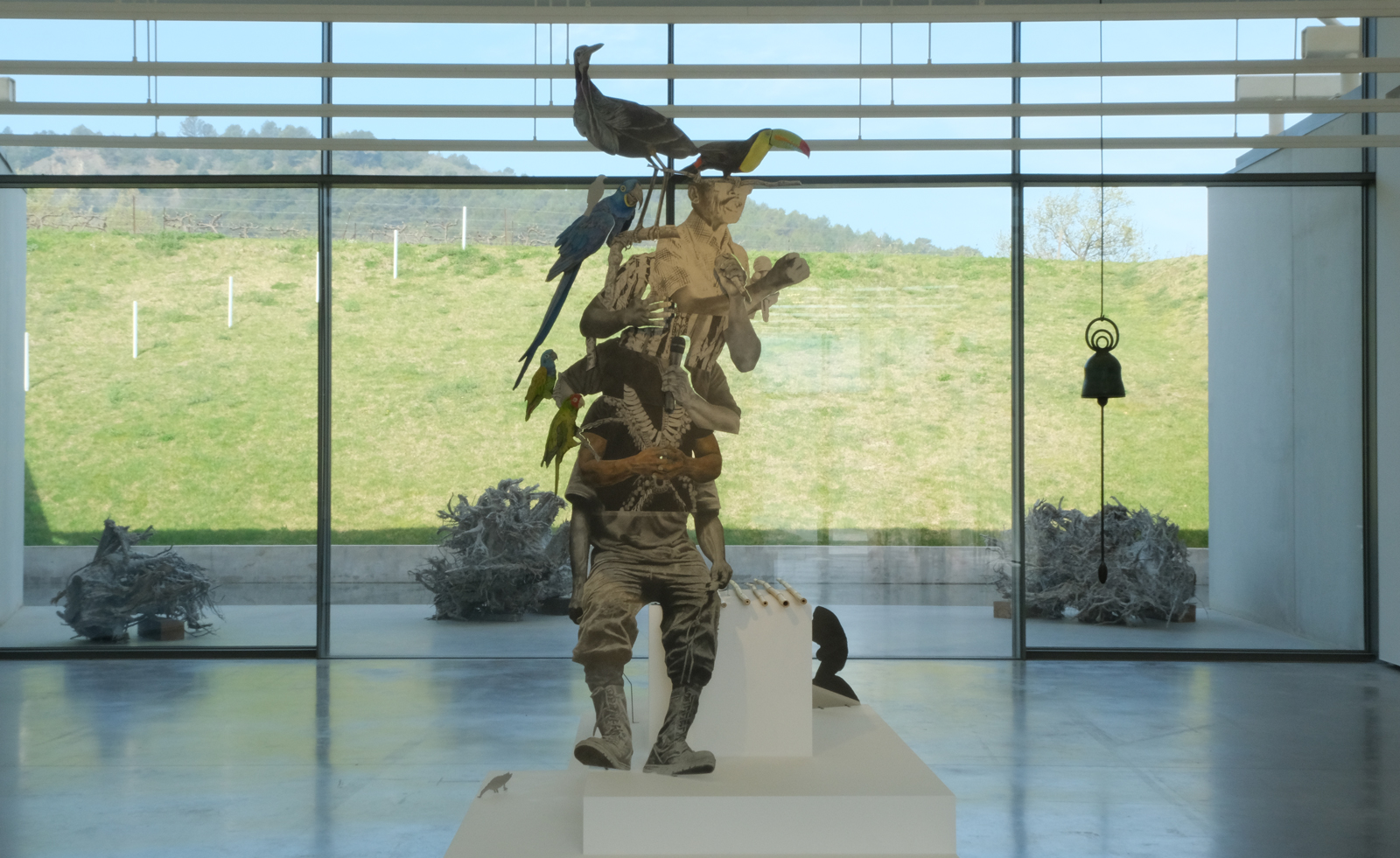 Contemporary artist collective Poush takes over Château La Coste
Contemporary artist collective Poush takes over Château La CosteMembers of Poush have created 160 works, set in and around the grounds of Château La Coste – the art, architecture and wine estate in Provence
-
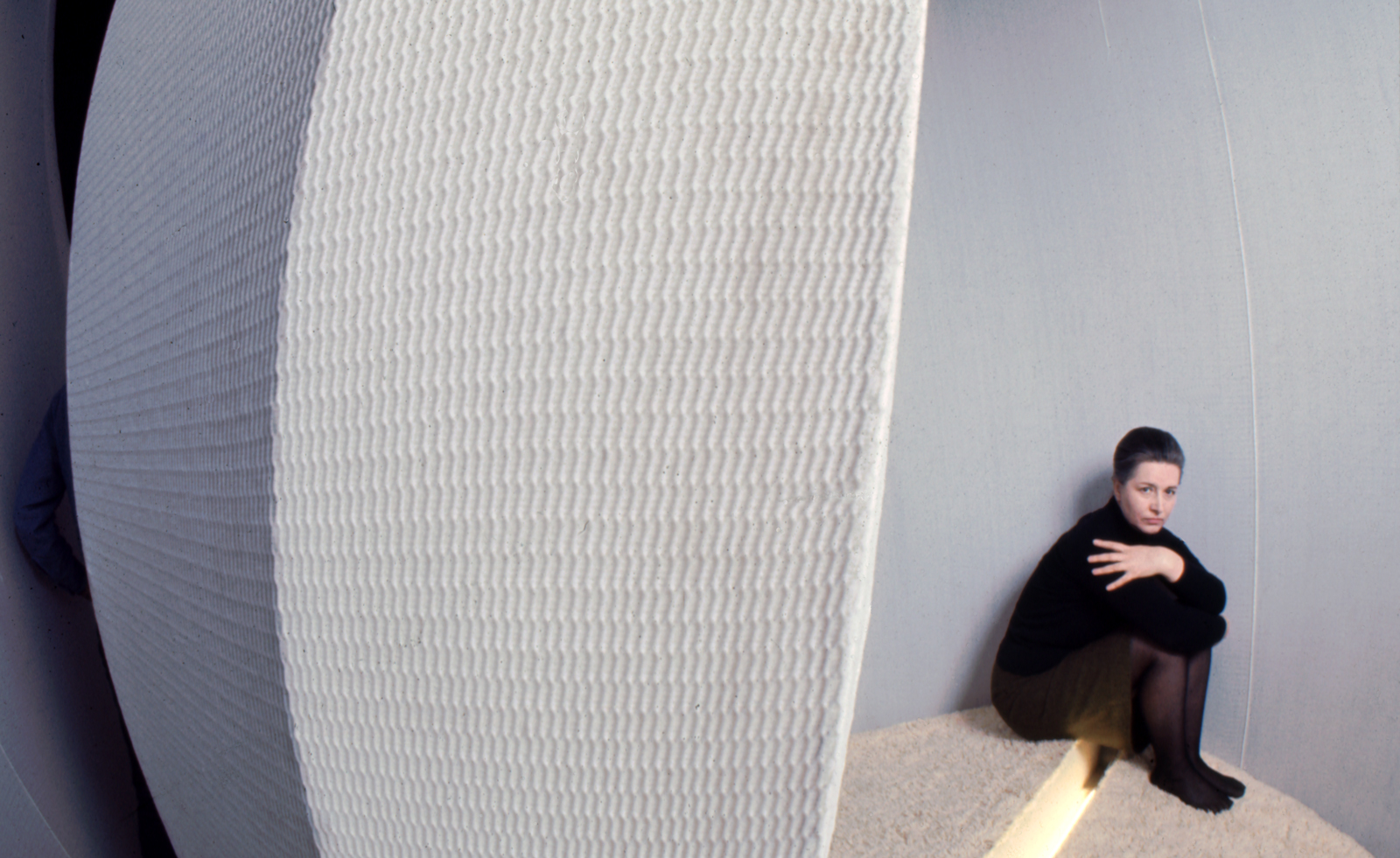 Architecture, sculpture and materials: female Lithuanian artists are celebrated in Nîmes
Architecture, sculpture and materials: female Lithuanian artists are celebrated in NîmesThe Carré d'Art in Nîmes, France, spotlights the work of Aleksandra Kasuba and Marija Olšauskaitė, as part of a nationwide celebration of Lithuanian culture